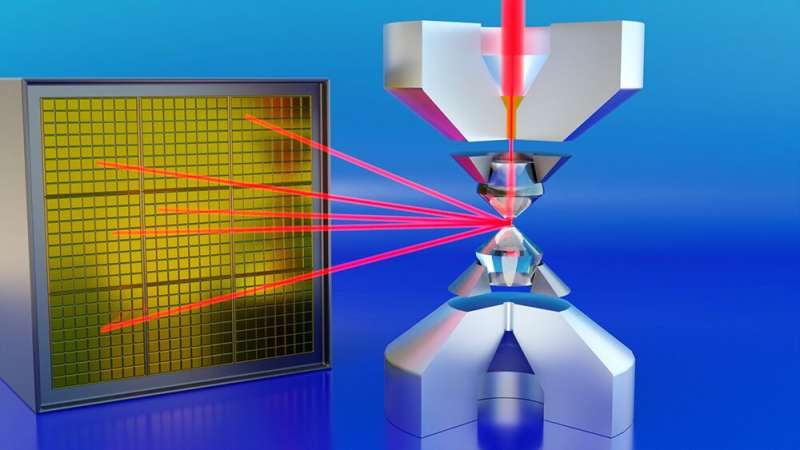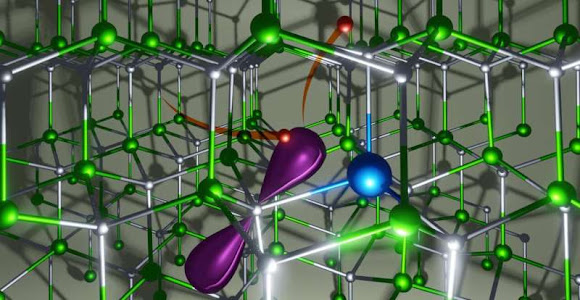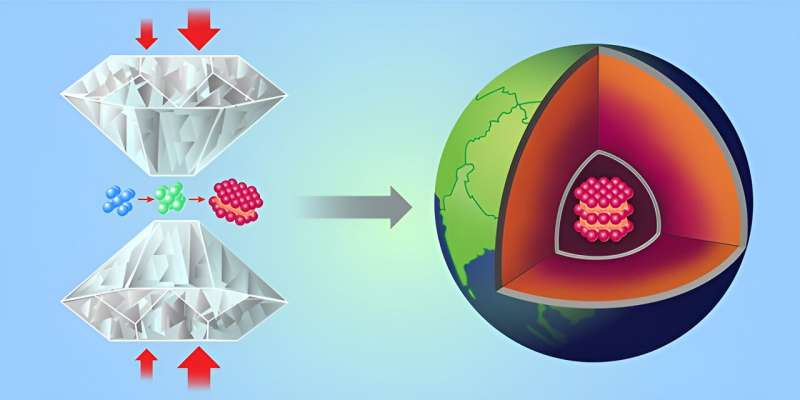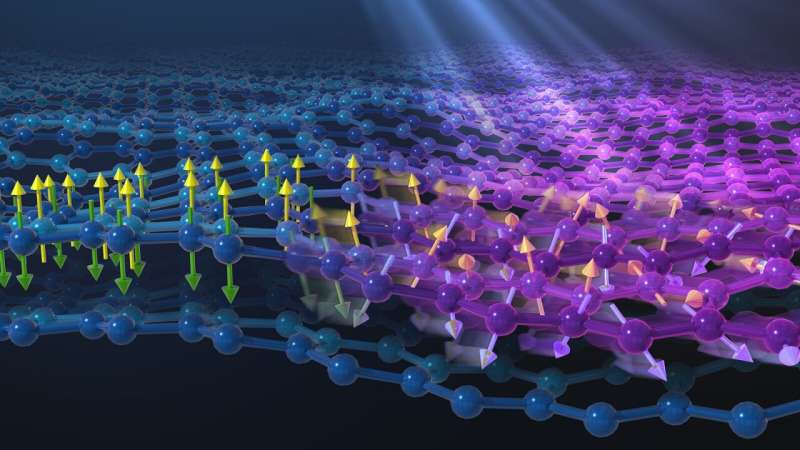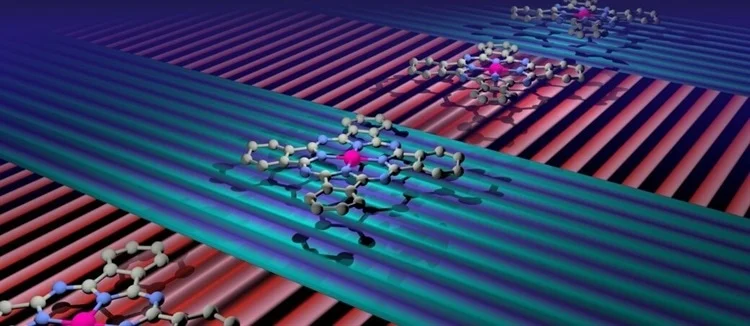A new way to create a crystalline structure called a “density wave”
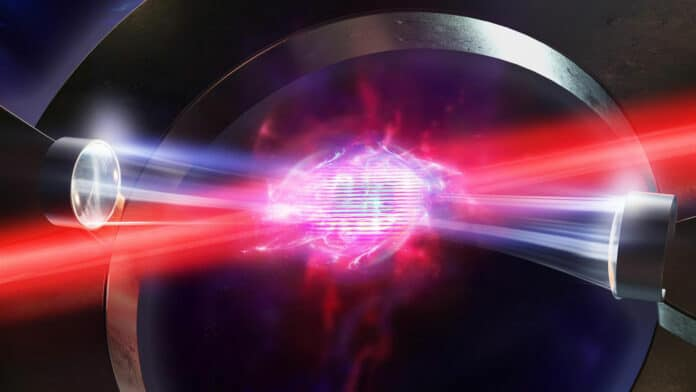
A density wave (DW) is a fundamental type of long-range order in quantum matter tied to self-organization into a crystalline structure. Although density waves are seen in a wide range of materials, such as metals, insulators, and superconductors, studying them has proven challenging, particularly when this order (the patterns of the wave’s particles) coexists with other types of organization, such as superfluidity, which allows particles to flow without resistance. Scientists at EPFL have found a new way to create a “density wave” in an atomic gas. The findings could lead to a better understanding of the behavior of quantum matter. Professor Jean-Philippe Brantut at EPFL said, “Cold atomic gases were well known in the past for the ability to ‘program’ the interactions between atoms. Our experiment doubles this ability!” To study this interaction, Brantut, and his colleagues created a “unitary Fermi gas,” a thin gas of lithium atoms that has been cooled to incredibly low temperatu...



